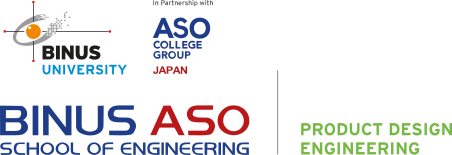Folding Bike Inventions and its Product Design Engineering Perspectives
The article that was written by Vervisch indicates that throughout prior years, the popularity of folding bikes has been deemed increasing due to the escalation of popularity among multi-modal transport. Despite of the escalation, the current market offer of folding bikes still represents to some constraint, and downsides which decrease their usability. The aforementioned popularity indicates a user-centered process of designing and prototyping a composite folding bike with the objective to improve the user experience of folding bike using commuters. By improving the usability and ease of use of folding bikes, their full potential can be unlocked. The design process led to a disruptive folding bike design with front and rear single-sided offset wheel mounting. The concept excels in its intuitive and quick folding mechanism, superior ridingperformance and comfort, adjustability and overall ease of use. In addition to the design process and prototyping of the folding bike.
Sources:
- Vervisch, T., Christiaens, Y., Detand, J. (2018). The design of a composite folding bike to improve the user experience of commuters. MATEC Web of Conferences 01001 https://doi.org/10.1051/matecconf/201816701001
- Arunachalam M., Arun Prakash R. and Rajesh R. (2014) Foldable Bicycle: Evaluation of Existing Design and novel design proposals.
Arunachalam indicates that a product development process, within product design engineering, is the entire set of activities required to bring a new concept to a state market readiness. The design process are considered to be a set of technical activities within the product development process that work to meet the marketing and business case vision [1]. Various theories and methodologies used in a product design and development process along with their advantages and limitations have been reviewed by researchers. The set of technical activities are performed in a sequential order.
Furthermore, Arunachalam elaborates wide spectrum of product development process. Generally in the conceptual design stage the product concepts are drawn in paper using pencil as free hand sketches. CAD systems are too rigid and not as flexible as freehand sketching. The initial free hand sketches roughly describe the possible numerous solution concepts for the identified problem. The paper and pencil work are intensively used in the conceptual design stage whereas CAD applications are used for detail design like modelling of parts, FEA, etc. The pencil work allows the flexibility of speed that is needed during the conceptual design stage.
Drawing and free hand sketching are the two efficient methods to develop an idea or thought to solve a definite problem and to express the ideas of the product that are to be designed. Drawing and free hand sketching can be considered as a symbolic language used by the designer during the conceptual design stage. Generally the sketches start as a valuable idea or a solution to a problem and it is continuously evolved by adding some minute details to enhance the features of design by successive iteration.

Comments :